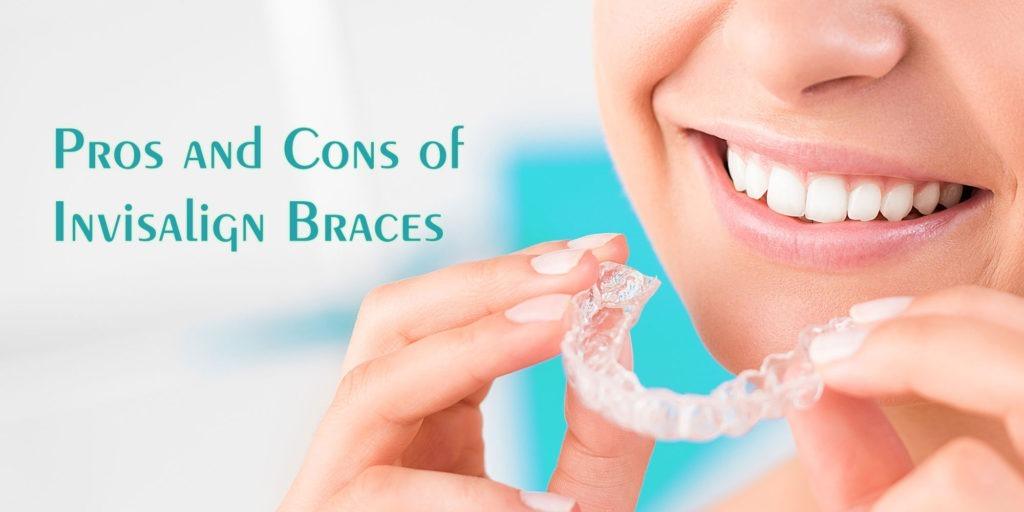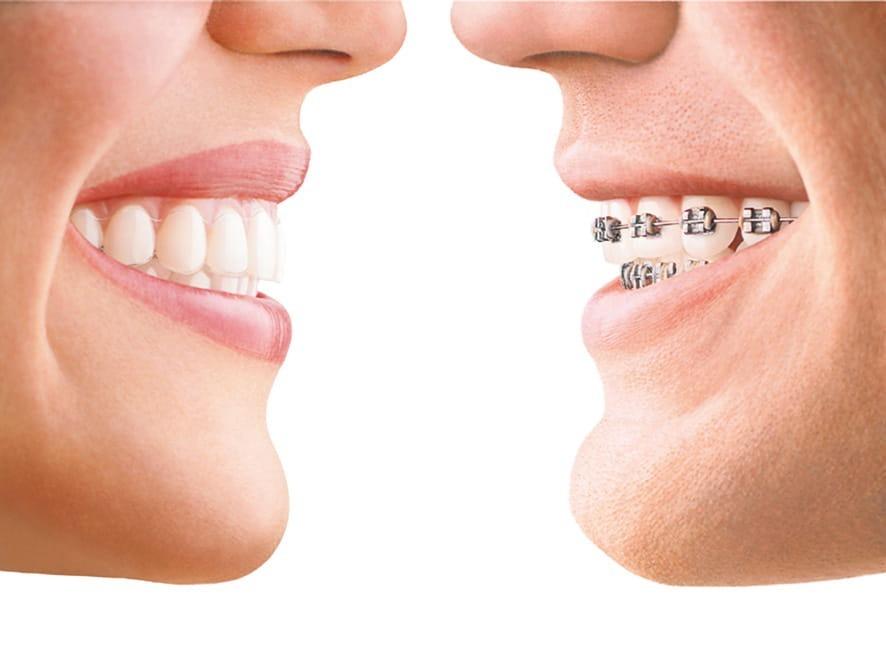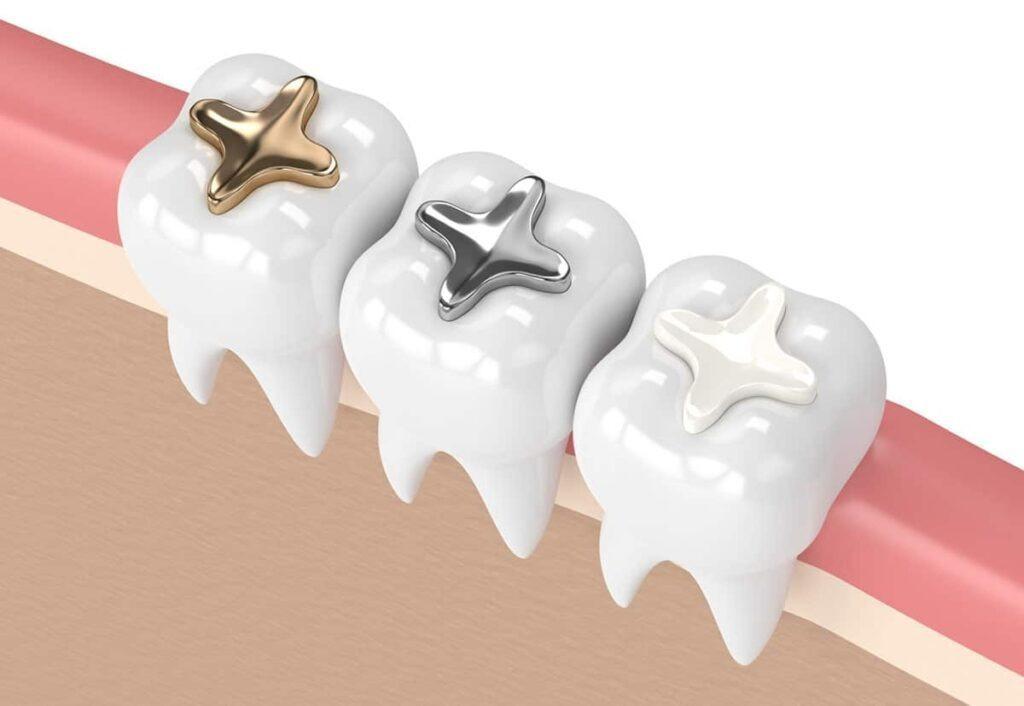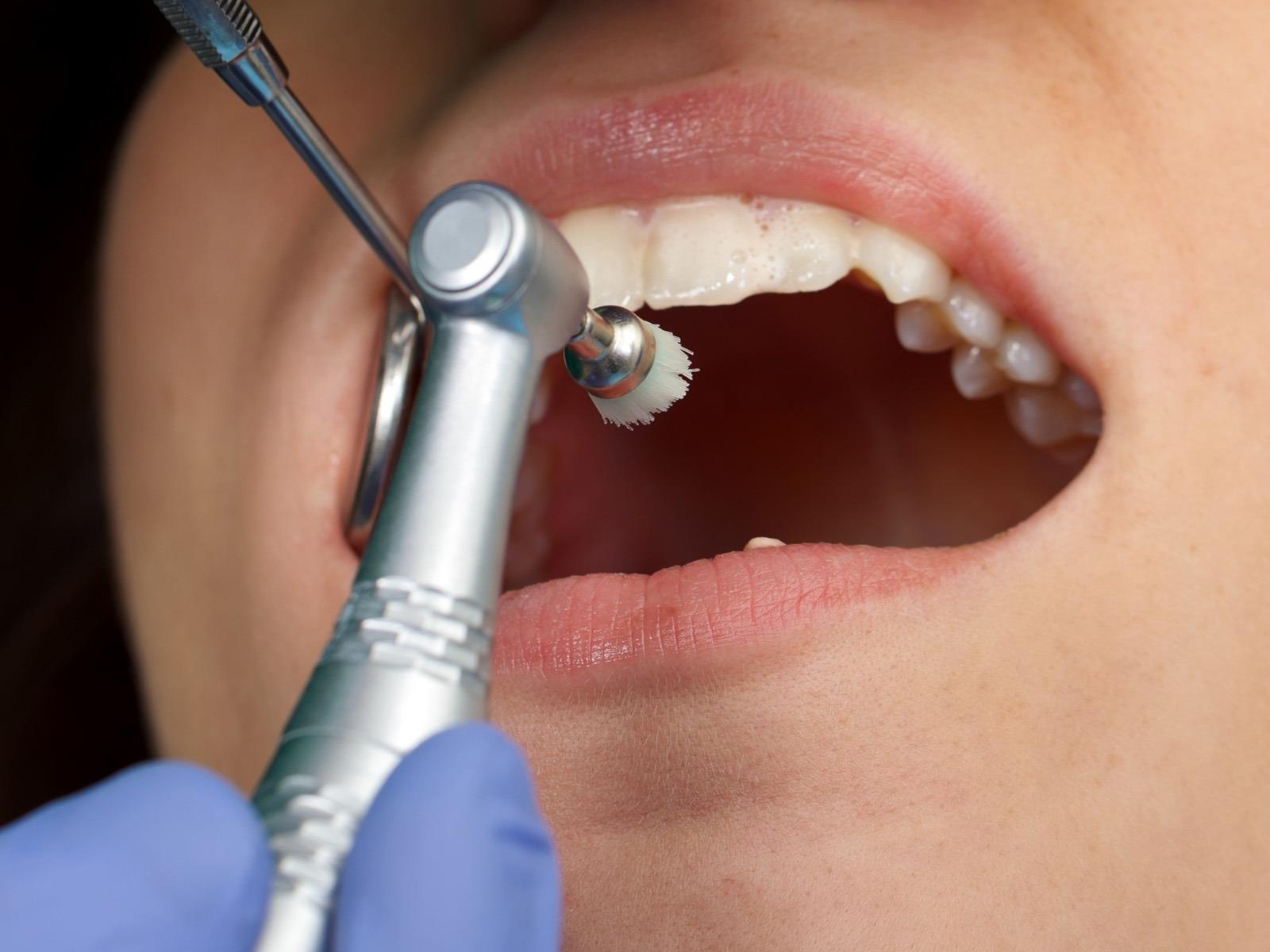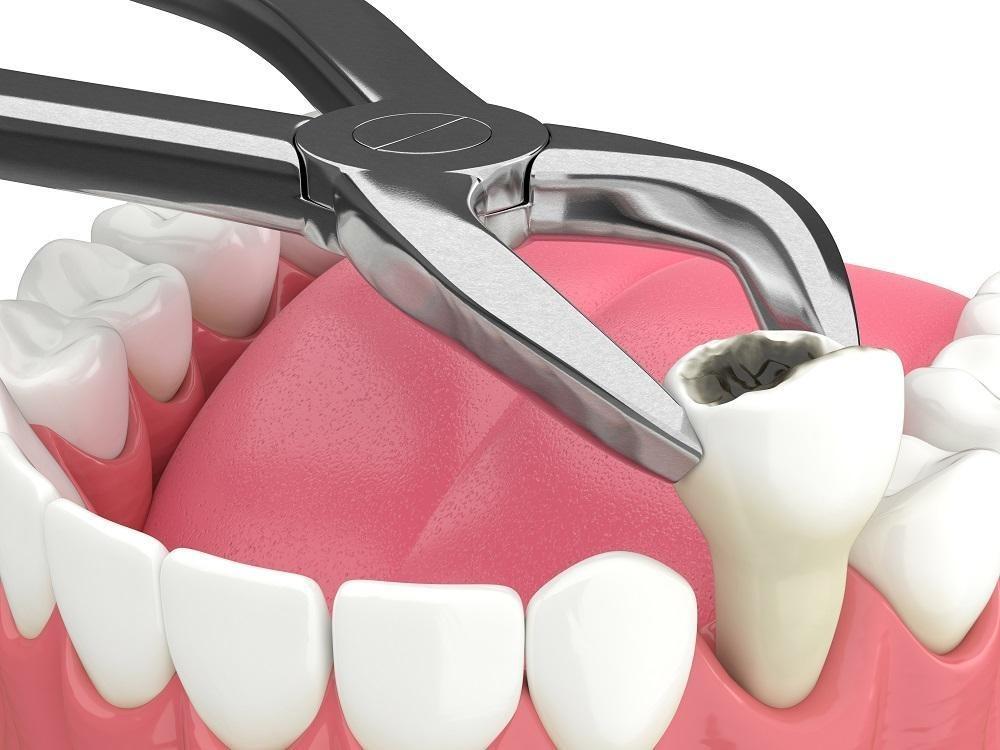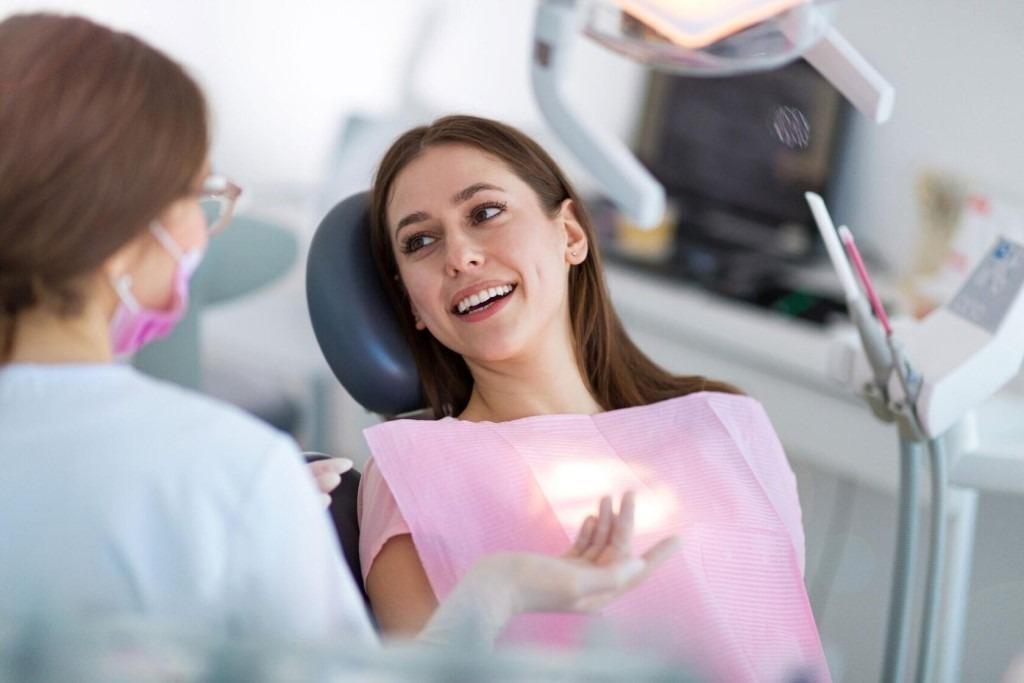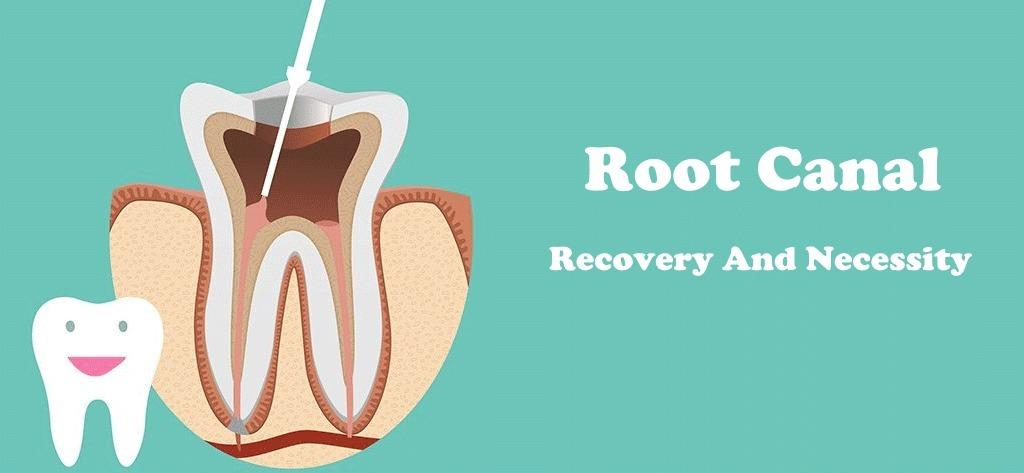Straightening teeth has become an essential part of both dental health and aesthetic care. Crooked, crowded, or misaligned teeth can affect not only your smile but also your overall oral hygiene, bite function, and confidence. Thankfully, modern orthodontics offers a variety of solutions to address these concerns, with Invisalign and traditional braces being the most popular options.
Choosing the right teeth-straightening method is crucial because it affects treatment duration, comfort, appearance during the process, and long-term dental health. While braces have been a trusted solution for decades, Invisalign has emerged as a discreet and flexible alternative, offering patients more freedom in their daily lives.
This article aims to provide a detailed comparison of Invisalign and braces, exploring their pros and cons, to help you make an informed decision about which orthodontic treatment best suits your lifestyle, preferences, and dental needs.
What Are Braces?
Braces are orthodontic devices designed to correct misaligned teeth, overcrowding, and bite issues. They work by applying gentle, continuous pressure over time to gradually shift teeth into their proper positions. Braces are a reliable and widely used method of achieving a straight, healthy smile.
Definition and Types
There are several types of braces, each with its own features, advantages, and aesthetic considerations:
Traditional Metal Braces
These are the most common types of braces, made from high-quality stainless steel. Metal braces consist of brackets attached to each tooth and connected by an archwire. They are highly effective for treating complex orthodontic issues and are often the most affordable option.
Ceramic Braces
Ceramic braces function like metal braces but use tooth-colored or clear brackets, making them less noticeable. They are a popular choice for adults and teens who prefer a more discreet option, though they can be slightly more fragile and expensive than metal braces.
Lingual Braces
Lingual braces are attached to the back (lingual side) of the teeth, making them virtually invisible from the front. They offer excellent aesthetics but can be more challenging to clean and may require longer adjustment periods.
How Braces Work
Braces move teeth through a carefully controlled application of pressure. The brackets, bonded to each tooth, hold an archwire that guides the movement of teeth over time. Periodic adjustments by an orthodontist help ensure the teeth move according to the planned treatment.
The typical treatment timeline varies depending on the complexity of the case, but usually ranges from 18 months to 3 years. During this period, patients must maintain good oral hygiene and attend regular check-ups to ensure optimal results.
What Is Invisalign?
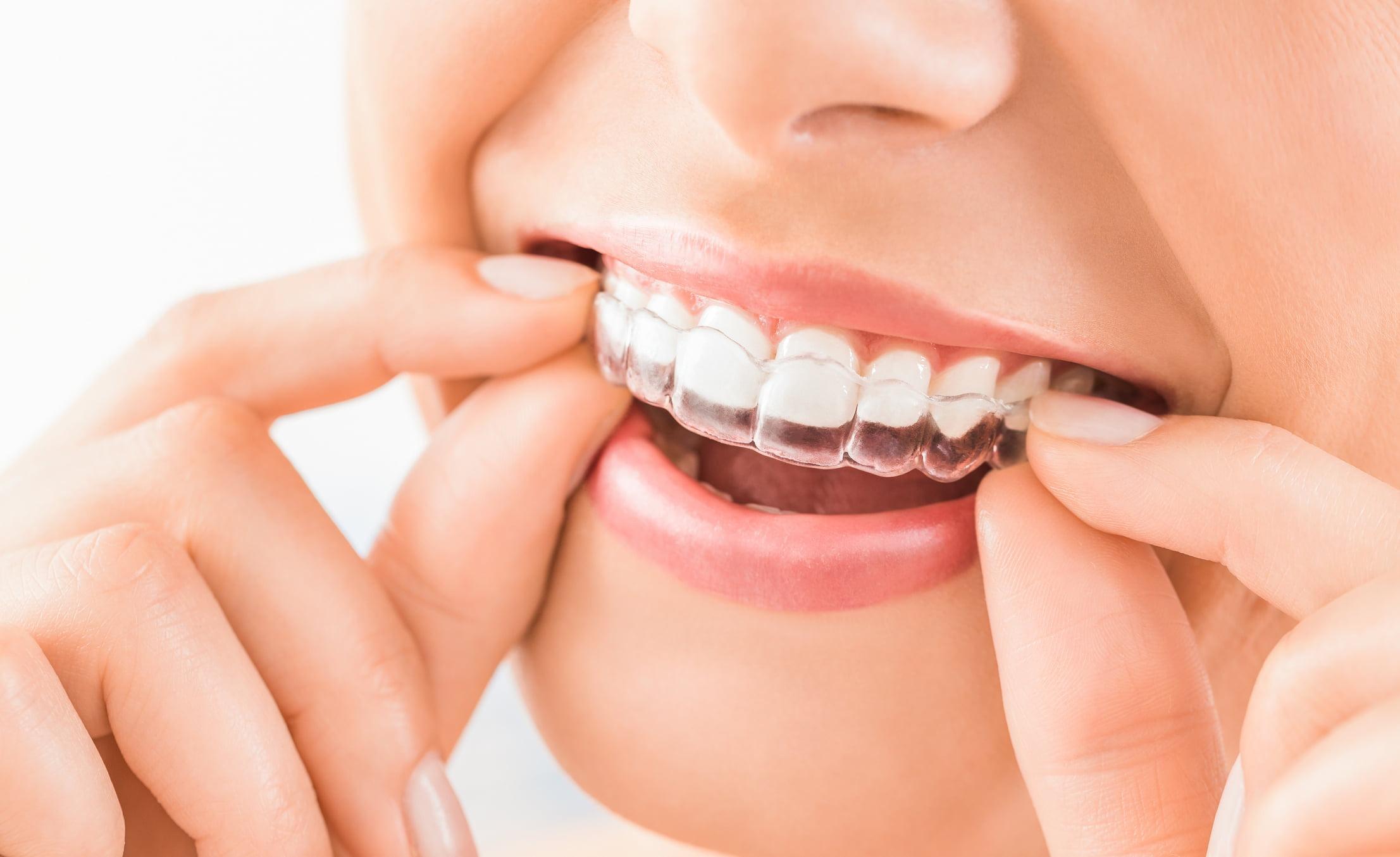
Invisalign is a modern orthodontic treatment that uses clear, removable aligners to straighten teeth discreetly. Unlike traditional braces, Invisalign aligners are virtually invisible, making them an attractive option for adults and teens who want to improve their smile without the appearance of metal brackets and wires.
Definition and Overview
Invisalign consists of a series of custom-made plastic aligners designed specifically for each patient. Using advanced 3D imaging technology, orthodontists create a precise treatment plan that gradually moves teeth into their desired positions. Each aligner is worn for a set period, typically around 1–2 weeks, before being replaced by the next in the series.
Because the aligners are removable, patients can eat, drink, brush, and floss without the restrictions that come with traditional braces. This flexibility makes Invisalign a convenient choice for those with busy lifestyles or special aesthetic concerns.
How Invisalign Works
Invisalign is a modern, discreet orthodontic treatment that uses customized clear aligners to straighten teeth gradually. The process is carefully designed to ensure precise movement while maximizing comfort and aesthetics.
Consultation and Assessment
The first step in Invisalign treatment is a thorough evaluation by an orthodontist. During this consultation, the dentist will:
- Examine your teeth, gums, and bite to assess overall oral health.
- Identify misalignments, crowding, gaps, or bite issues that Invisalign can correct.
- Discuss your goals, lifestyle preferences, and expectations.
This step is critical because Invisalign is most effective for mild to moderate orthodontic problems, and a professional assessment ensures the treatment plan is appropriate.
Digital Scanning and Treatment Planning
Once Invisalign is deemed suitable, your orthodontist will take digital scans or impressions of your teeth. These scans are used to:
- Create a 3D model of your teeth.
- Design a customized treatment plan, showing how your teeth will move at each stage.
- Predict the overall duration of treatment and the number of aligners required.
Advanced software allows orthodontists to visualize your smile transformation even before treatment begins, helping patients understand the expected results.
Wearing the Aligners
Patients receive a series of custom-fit clear aligners, each designed to move teeth gradually. Key points include:
- Aligners must be worn 20–22 hours per day for optimal results.
- They can be removed temporarily for eating, drinking (except water), brushing, and flossing.
- Each aligner is typically worn for 1–2 weeks before moving to the next in the series.
The aligners apply gentle, controlled pressure to specific teeth, shifting them into the desired position without the discomfort often associated with traditional braces.
Regular Check-Ups
Although Invisalign is mostly a self-managed treatment, regular visits to the orthodontist every 6–8 weeks are essential. During these appointments:
- Progress is monitored to ensure teeth are moving as planned.
- Adjustments can be made, such as attachments or refinements to aligners, to improve effectiveness.
- Any issues, such as discomfort or fit problems, are addressed promptly.
Replacement of Aligners
Every few weeks, patients switch to the next aligner in the series. Each aligner continues to apply incremental pressure, gradually guiding teeth closer to their ideal positions. This step-by-step approach ensures safe, precise tooth movement.
Total Treatment Duration
The total treatment time varies based on the complexity of misalignment. Mild cases may take 12 months, while more moderate issues may extend up to 24 months. Compliance with daily wear and attendance at regular check-ups significantly impacts the efficiency and duration of treatment.
Additional Considerations
- Attachments: Small, tooth-colored bumps may be temporarily bonded to teeth to help the aligners grip and move teeth more effectively.
- Refinements: After completing the initial series of aligners, some patients may need additional sets (refinements) to perfect their alignment.
- Retention: After finishing Invisalign treatment, wearing a retainer is crucial to maintain results and prevent teeth from shifting back.
Invisalign combines technology, precision, and convenience, offering a flexible and aesthetically pleasing alternative to traditional braces, while still delivering predictable orthodontic results.
Pros and Cons of Braces

Braces are a time-tested method for correcting dental misalignments. While they are highly effective, they come with both advantages and disadvantages that patients should consider before starting treatment.
Pros
1. Effective for Complex Dental Issues
Braces are suitable for a wide range of orthodontic problems, including severe crowding, large gaps, and bite issues such as overbites or underbites. They provide precise control over tooth movement, making them ideal for complex cases.
2. Long-Lasting Results
Because braces are fixed appliances, they steadily guide teeth into proper alignment. Once treatment is complete, the results are generally stable and long-lasting, especially when combined with a retainer.
3. No Need for Daily Compliance
Unlike removable aligners, braces work continuously without requiring patients to remember to wear them. This makes them a dependable option for teens or individuals who might forget to wear aligners consistently.
Cons
1. Visible and Less Aesthetic
Traditional braces are noticeable, which may be a concern for adults or self-conscious teens. While ceramic or lingual braces offer more discreet alternatives, they can be more expensive or less durable.
2. Discomfort or Irritation
Braces can sometimes cause soreness, irritation, or ulcers in the mouth, especially after adjustments. Metal wires or brackets may rub against cheeks and gums until the mouth adapts.
3. Dietary Restrictions and Oral Hygiene Challenges
Patients with braces need to avoid hard, sticky, or chewy foods that can damage brackets and wires. Maintaining oral hygiene is also more demanding, requiring special care to prevent plaque buildup around brackets.
Pros and Cons of Invisalign
Invisalign has become a popular alternative to traditional braces, offering a modern, discreet way to straighten teeth. However, like any treatment, it comes with both advantages and limitations.
Pros
Nearly Invisible and Aesthetic
Invisalign aligners are made of clear plastic, making them virtually invisible when worn. This makes them an ideal choice for adults and teens who want a more discreet orthodontic treatment.
Removable for Eating and Cleaning
Unlike braces, Invisalign aligners can be removed while eating, drinking, brushing, and flossing. This flexibility allows patients to maintain better oral hygiene and enjoy a normal diet without worrying about damaging brackets or wires.
Comfortable with Minimal Irritation
The smooth plastic of Invisalign aligners reduces the risk of irritation to the cheeks and gums. There are no metal brackets or wires, which often makes the treatment more comfortable, especially for those new to orthodontics.
Cons
Requires Discipline to Wear 20–22 Hours/Day
The effectiveness of Invisalign depends on patient compliance. Aligners must be worn almost all day, and failure to do so can extend treatment time or reduce effectiveness.
May Be Less Effective for Severe Cases
While Invisalign is highly effective for mild to moderate misalignment, severe crowding, bite issues, or complex orthodontic problems may still require traditional braces for optimal results.
Can Be More Expensive Than Traditional Braces
Invisalign treatment can cost more than traditional braces, especially if multiple sets of aligners or attachments are needed. Insurance coverage may vary, so patients should consider the financial aspect when choosing their treatment.
Key Differences Between Braces and Invisalign
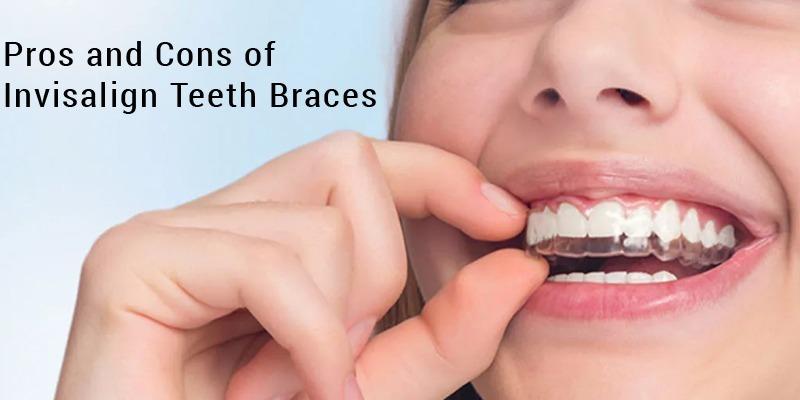
When deciding between braces and Invisalign, it is important to understand the differences in appearance, comfort, treatment duration, cost, and maintenance. These factors help patients choose the best option for their lifestyle and dental needs.
Appearance
Braces are highly visible, especially traditional metal braces, which can be a concern for adults and self-conscious teens. Ceramic and lingual braces are less noticeable but still not completely invisible. In contrast, Invisalign aligners are clear and nearly invisible, making them an ideal choice for those who prioritize aesthetics during treatment.
Comfort
Braces can sometimes irritate the cheeks, lips, and gums due to brackets and wires, especially after adjustments. Invisalign aligners are made of smooth plastic, which generally results in less discomfort and fewer mouth sores.
Treatment Duration
The duration of orthodontic treatment depends on the severity of misalignment. Traditional braces are often more suitable for complex cases and may achieve results faster for severe issues. Invisalign is typically effective for mild to moderate cases, with a treatment duration ranging from 12 to 24 months, although compliance is key to staying on schedule.
Cost
Braces tend to be more affordable, particularly metal braces, while ceramic or lingual braces can cost more. Invisalign is usually more expensive due to the customized aligners and advanced technology involved. Insurance coverage can affect overall costs for both options.
Maintenance and Oral Hygiene
Braces require careful oral hygiene and dietary adjustments to prevent plaque buildup and damage to brackets. Invisalign aligners are removable, making brushing, flossing, and eating easier without restrictions. However, patients must remember to wear the aligners consistently for effective results.
Who Should Choose Which?
Choosing between braces and Invisalign depends on the severity of dental issues, lifestyle preferences, and personal priorities. Understanding who benefits most from each treatment can help patients make an informed decision.
Ideal Candidates for Braces
Braces are often the best choice for individuals with complex dental issues. They are particularly suitable for:
- Severe malocclusion: Braces can correct significant crowding, spacing, and misalignment.
- Complex bite issues: Overbites, underbites, crossbites, and other intricate bite problems are often more effectively treated with braces.
- Patients needing consistent treatment: Since braces are fixed, they do not rely on patient compliance, making them ideal for teens or those who may forget to wear removable aligners.
Ideal Candidates for Invisalign
Invisalign is designed for those seeking a discreet and flexible orthodontic solution. It is best suited for:
- Mild to moderate misalignment: Cases that do not involve severe crowding or bite problems can usually be corrected effectively with Invisalign.
- Adults and teens prioritizing aesthetics: Invisalign aligners are nearly invisible, appealing to patients who prefer a subtle appearance during treatment.
- Patients disciplined with wear: Success with Invisalign requires wearing the aligners 20–22 hours per day, making it suitable for motivated and responsible individuals.
Conclusion
Choosing between braces and Invisalign requires careful consideration of the pros and cons of each option. Braces are highly effective for complex dental issues, provide long-lasting results, and do not rely on daily patient compliance. However, they are visible, can cause discomfort, and require dietary adjustments. Invisalign, on the other hand, offers a discreet, comfortable, and removable solution, but it requires discipline to wear consistently, may be less effective for severe cases, and can be more expensive.
It is important to consult an orthodontist to assess your specific dental needs, evaluate the complexity of your case, and discuss your lifestyle preferences. A professional assessment ensures that the chosen treatment will deliver the best results safely and efficiently. Ultimately, the right orthodontic solution is one that balances effectiveness, aesthetics, comfort, and convenience. Whether you choose braces or Invisalign, committing to the treatment plan and maintaining proper oral hygiene will help you achieve a healthy, beautiful smile that lasts a lifetime.

